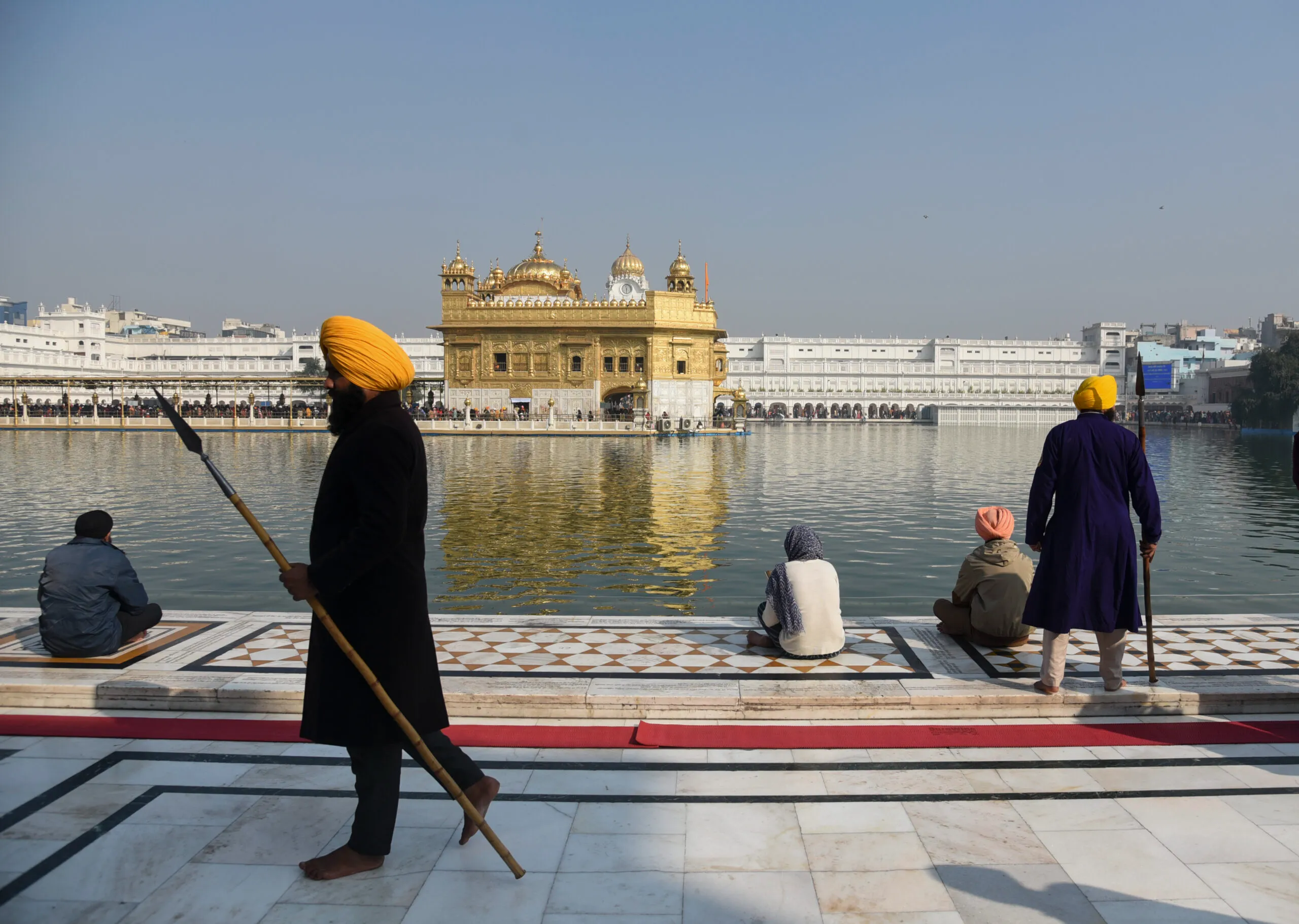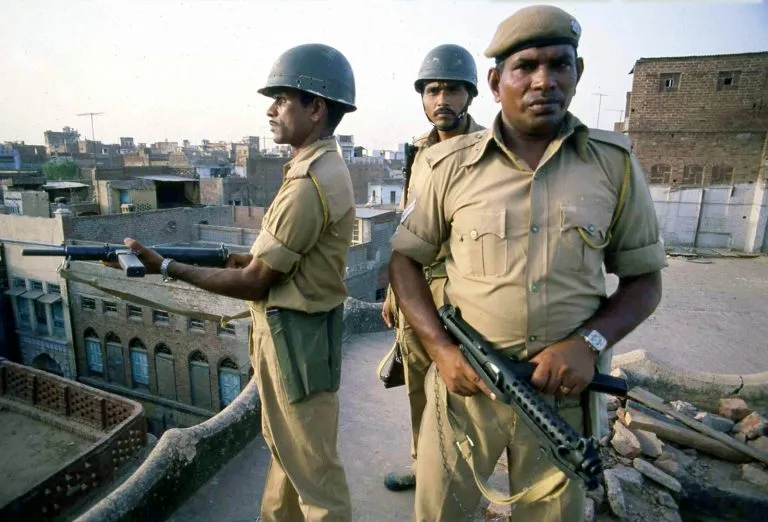This week marks the 40th anniversary of the Indian Army’s devastating attack on the Golden Temple complex in Amritsar and over 40 other Sikh shrines throughout Punjab. Known as Operation Bluestar, this military operation was launched in June 1984 and has left a lasting impact on the Sikh community and their places of worship.
The Golden Temple Complex: Significance and Destruction
The Golden Temple, or Darbar Sahib, is a pivotal site for Sikhs. It includes Harmandir Sahib, the central spiritual hub, and Akal Takht, the seat of Sikh sovereignty. This complex, akin to the Vatican for Catholics or Mecca for Muslims, represents the spiritual and sovereign heart of Sikhism. The attack resulted in severe damage to these sacred sites, including the destruction of Akal Takht and extensive damage to the Golden Temple itself.

Personal Accounts and Witnessing the Devastation
At the time of the attack, I was a 19-year-old student visiting my family in Tarn Taran, near Amritsar. A sudden curfew was imposed, and the region was sealed off from journalists. The shock of witnessing missiles and hearing about the assault on the Golden Temple was profound. When we later visited the site, the destruction was overwhelming: the Akal Takht was reduced to rubble, the Golden Temple was scarred by bullets, and the Sikh Reference Library was burned.
Operation Bluestar: Motives and Consequences
Operation Bluestar was aimed at removing Sant Jarnail Singh Bhindranwale and his supporters from the Golden Temple complex under the pretext of quelling a political movement. However, the operation resulted in the deaths of thousands of innocent Sikhs, including men, women, and children gathered for prayers. Anthropologist Joyce Pettigrew and various media reports described the operation as an attempt to suppress Sikh culture rather than merely targeting a political figure.
Impact on the Sikh Community
The attack and its aftermath have had a profound impact on the Sikh community. The military’s actions extended beyond the Golden Temple complex to rural Punjab, where numerous villages were cordoned off, and many were detained without records, leaving families in distress over the fate of their loved ones. The trauma from these events is still felt deeply by many, including myself, with vivid memories of the destruction and loss.
Continuing Struggles for Justice
In the decades following the attack, the Sikh community’s calls for transparency, accountability, and justice have largely been ignored. The ongoing rise of right-wing Hindu nationalism under Prime Minister Narendra Modi’s leadership has further exacerbated concerns about minority rights in India. The recent inauguration of the Ram Temple on the site of a demolished mosque highlights the broader issues of religious intolerance and the marginalization of various communities, including Sikhs.
Looking Forward: The Path to True Global Status
India’s aspiration to be recognized as a global power is undermined by its failure to address past injustices and uphold democratic values. As long as the country continues to grapple with religious majority tyranny and fails to rectify historical wrongs, its quest for a permanent seat at the U.N. Security Council and its role on the global stage will remain in question.
FAQ
1. What was Operation Bluestar?
- Operation Bluestar was a military operation launched by the Indian Army in June 1984 to remove Sant Jarnail Singh Bhindranwale and his supporters from the Golden Temple complex in Amritsar. The operation resulted in significant damage to the temple and the deaths of thousands of Sikhs.
2. What were the main sites affected by the attack?
- The attack primarily targeted the Golden Temple complex, including Harmandir Sahib and Akal Takht, along with over 40 other Sikh shrines throughout Punjab.
3. How did the attack impact the local Sikh community?
- The attack had a profound impact on the Sikh community, leading to extensive destruction of sacred sites, loss of life, and ongoing trauma. Many villages in Punjab were also affected, with numerous detentions and disappearances.
4. What has been the response from the Indian government regarding the attack?
- The Indian government has largely been criticized for its lack of transparency and accountability regarding the attack. The Sikh community’s demands for justice and restitution have been largely ignored.
5. How does the current political climate in India relate to the events of 1984?
- The rise of right-wing Hindu nationalism under Prime Minister Narendra Modi has intensified concerns about minority rights and religious intolerance in India. Recent events, such as the inauguration of the Ram Temple on the site of a demolished mosque, reflect ongoing issues of religious and cultural conflict.


